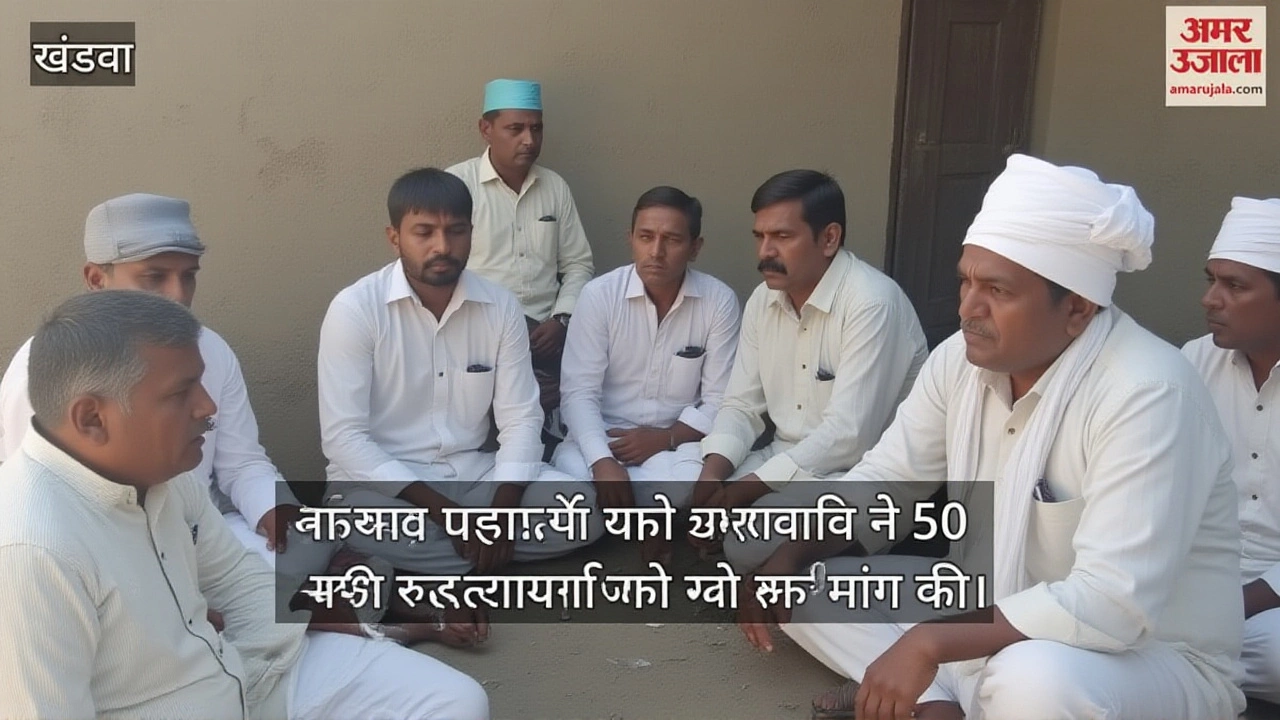
Eight Khandwa Villagers Die After Toxic Gas Suffocation in Festival Well
Eight villagers died in Khandwa after toxic gas from a contaminated well suffocated them during Gangaur festival preparations. Officials pledge compensation and safety reforms.
Gangaur is a spring festival that honors the goddess Gauri, the consort of Lord Shiva. It is most famous in Rajasthan, but you’ll also see it in parts of Gujarat and Madhya Pradesh. People gather for nine days of dancing, prayer, and bright processions. If you want to join the fun, this guide tells you what to expect and how to be part of it.
The festival starts on the third day of the bright half of Chaitra month, usually in late March or early April. Women begin the celebration by fasting and making a clay idol of Gauri. The idol is kept at home for nine days, then taken out in a grand procession on the tenth day, called "Udaas".
Major towns like Jaipur, Jodhpur, and Udaipur host the biggest gatherings. Streets fill with decorated trucks, folk bands, and women carrying earthen pots called "ghor” filled with water. The dates change each year, so check a local calendar before you travel. In 2025, the main festival runs from March 29 to April 7, with the final procession on April 8.
If you’re staying in a city, look for a community hall or temple that announces the timings. Rural areas may start the rituals earlier, with families preparing homemade sweets and traditional dresses.
Women wear bright lehengas or ghagras and apply intricate mehndi on their hands. Men often wear turbans and kurta pajamas. The most recognizable sight is the “Gangaur doll” – a small figure of Gauri holding a trident, placed on a bamboo stick.
During the nine days, families visit local temples, offer incense, and sing folk songs. The night before the procession, a communal fire called “Gaur” is lit, and people gather around it, sharing stories.
Food is a big part of the celebration. Expect street vendors selling dal baati churma, gatte ki sabzi, and sweet treats like ghevar and boondi laddoo. Most dishes are vegetarian, reflecting the festival’s devotion to purity.
When you join the procession, carry a small pot of water or a lamp. It’s respectful to stay on the left side of the crowd, as the right side is traditionally reserved for the priest’s convoy.
Photography is welcome, but be mindful of worship areas. Some families may ask you not to photograph their idol. Always ask before you snap a picture.
Transportation can be crowded, especially in Jaipur’s market streets. Plan to leave early and use public buses or shared auto-rickshaws. Parking near the main squares is limited.
Finally, respect the fasting tradition. If you’re invited for a meal, wait for the host to offer food first. Sharing a simple dish shows your appreciation for the culture.
Gangaur Festival is a living mix of devotion, color, and community spirit. By knowing the dates, wearing respectful attire, and enjoying the local food, you can experience the true heart of Rajasthan’s spring celebration.

Eight villagers died in Khandwa after toxic gas from a contaminated well suffocated them during Gangaur festival preparations. Officials pledge compensation and safety reforms.